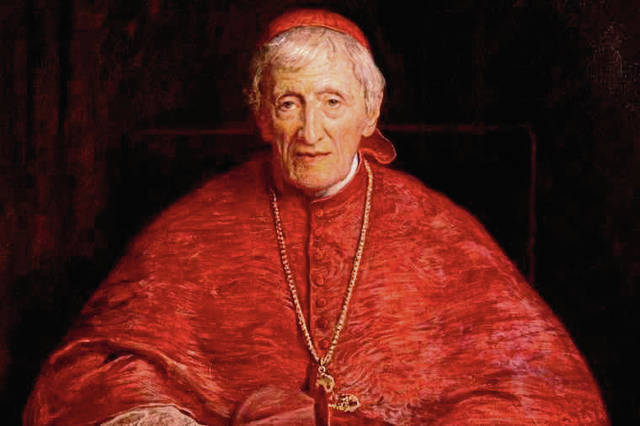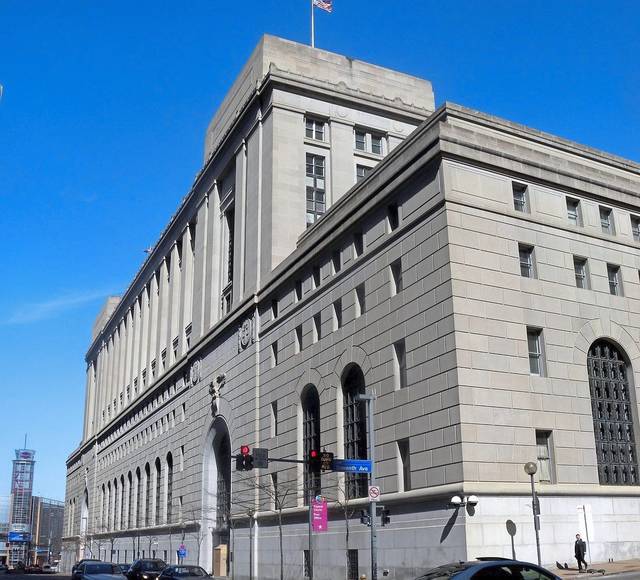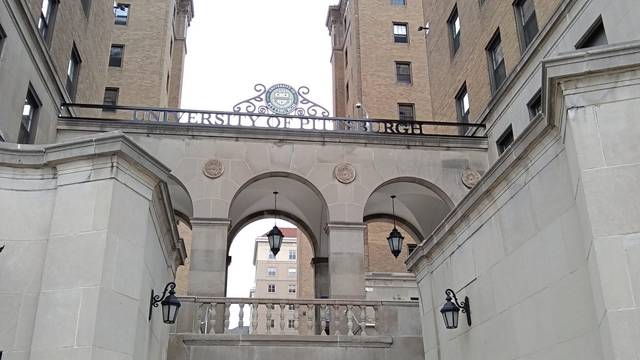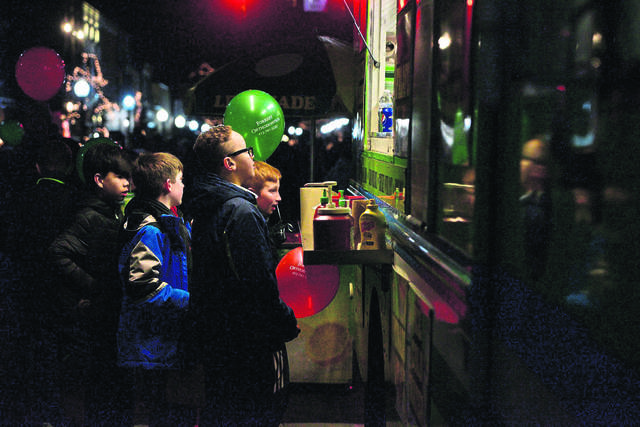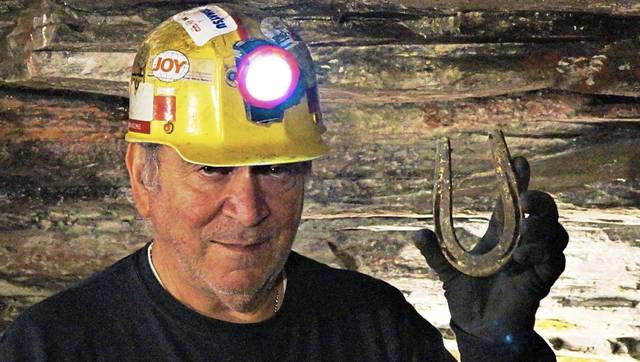The Catholic Church’s newest saint may soon be attracting people to Pittsburgh.
Cardinal John Henry Newman, an Anglican churchman who converted to Catholicism in 1845, will be canonized in Rome on Sunday.
Among those attending the canonization Mass will be Ryan Marr, director of the Oakland-based National Institute for Newman Studies, and institute co-founders the Rev. Drew Morgan and Catharine Ryan.
Founded in 2002, NINS is now the largest curator of digital archives for Newman and the foremost center for Newman studies and research in North America. In August, the institute launched the NINS Digital Collections, an interactive, online platform that is home to more than 250,000 Newman archives. Marr said interest in Newman is booming and is likely to bring Newman-related tourism to Pittsburgh.
“Our institute is a real gift to the Pittsburgh area,” he said. “If someone wants to learn about Newman or write about Newman, this is the place to be in North America.”
Pittsburgh played a role in Newman’s canonization, in that NINS co-founder Morgan was one of the postulators who prepared the evidence for Newman’s sainthood cause that ultimately was presented to the Vatican, Marr said.
Newman's Visit to Rome in 1833: Part I (of 7) https://t.co/tXLe5RProN
— Newman Institute (@NewmanStudies) October 7, 2019
Morgan and Ryan founded NINS as a repository for the extensive Newman collection of the Rev. Vincent J. Giese, a Chicago priest who died in 2000.
“Father Drew and Catharine felt it would be nice to have an institute here to help people know more about (Newman’s) life and writings,” Marr said.
At the time, Morgan was a member of the Pittsburgh Oratory of St. Philip Neri, a community of priests modeled after a similar community founded by Newman in Birmingham, England, in 1849. Today, the Pittsburgh Oratory is within walking distance of the NINS offices in Oakland.
“They have been praying for (Newman’s) canonization. Every Saturday Mass has been with the intention that he would be made a saint,” Marr said.
NINS launched its digital archive in partnership with the Birmingham Oratory, where scholars previously had to travel to do their research. Both organizations were involved with the scanning of nearly 250,000 folios from more than 165 boxes to create the digital collection of Newman’s works.
The collection includes letters, library records, photographs, maps, handwritten papers, published books and never-before-seen manuscripts.
“We’ve already seen more traffic to our website,” Marr said. “A lot of Catholics are interested in this canonization. I think we’ll see more visitors over the next several years.”
An Anglican clergyman, Newman (1801-1890) was a leader of the Oxford Movement in the Church of England. He converted to Catholicism in 1845 and was later made a cardinal. Among his most famous works are “Apologia pro Vita Sua,” “A Grammar of Assent” and “The Idea of a University.”
Newman is the inspiration for the hundreds of Newman Centers found at non-Catholic universities throughout the United States, England, Canada, Australia and New Zealand.
The cause for Newman’s sainthood dates back to 1958. He was declared venerable by Pope John Paul II in 1991 and was beatified by Pope Benedict XVI in 2010. He will be the first Briton to be canonized since 1976.
NINS is holding the “Newman and Holiness” conference Oct. 24-25 to reflect on Newman’s legacy in light of his canonization.
The NINS Digital Collections are free and open to the public and can be accessed by creating an account at digitalcollections.newmanstudies.org.


